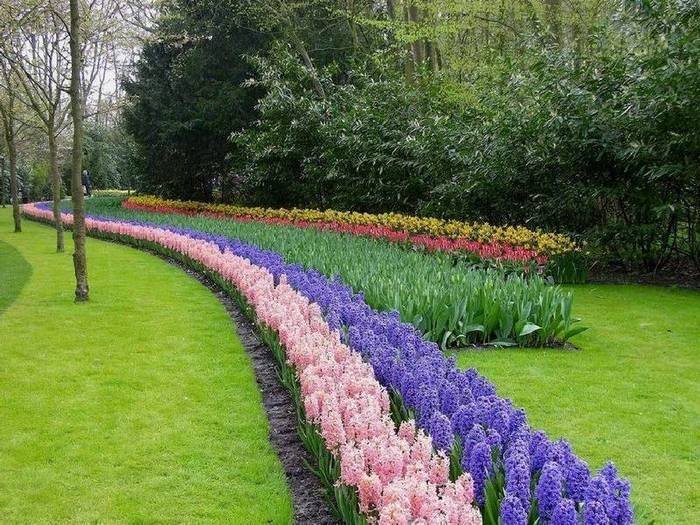 Modern home gardens rarely do without flowers. Summer residents in advance draw up a plan for planting ornamental plants and make compositions.
Modern home gardens rarely do without flowers. Summer residents in advance draw up a plan for planting ornamental plants and make compositions.
Such work is carried out every year. To plant flowers correctly, most gardeners use the lunar calendar. Professionals and ordinary amateurs know that each culture needs to be looked after in a certain way. Especially attentive to the colors you need to be in the middle band. And the calendar of the lunar phases contains information about the days that are suitable for sowing, picking, fertilizing and watering. It has useful information about everything that is important for gardeners.
Content
- 1 Seedling calendar
- 2 Advantages of the seedling method:
- 3 The lunar calendar for planting flowers for 2018 looks like this:
- 4 Why do summer residents use the lunar calendar to plant flowers in 2018?
- 5 The moon affects the vegetation of flowers as follows:
- 6 For the correct implementation of the recommendations of the lunar calendar, consider what plants can be planted in different months.
Seedling calendar
Most flowers are cultivated through seedlings. The exception is plants that do not withstand movement. Then they are planted directly in the soil.
Both annuals and perennials are sown for seedlings.
Advantages of the seedling method:
- Annuals begin to bloom earlier, and plants with a long period bloom before the onset of cold weather.
- You can get quality flowers from very small seeds. When planting immediately in the soil, there may not be any shoots at all, or they will turn out to be painful. Plants with small seeds should be well lit from 1 day of sowing.
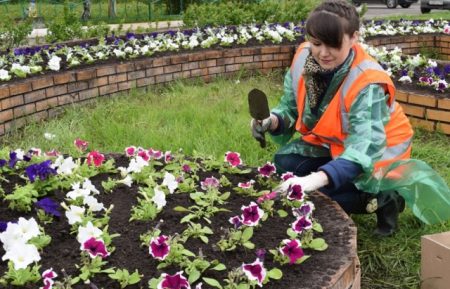
The lunar calendar for planting flowers for 2018 looks like this:
| Sowing seeds | Planting curly flowers | Planting tubers and bulbs | Rooting cuttings | Transfer | |
| January | — | 2,3 26-29 | 11-15 | — | — |
| February | 26-29 | 20-22 | 8-12 | 22-25 | 23-24 |
| March | 24-28 | 23-25 | 6-10 | 23-26 | 5-8, 21-25 |
| April | 2-5, 21-26 | 19-22 | 8-13 | 21-25 | 2-4, 24-26 |
| May | 1-4, 21-26 | 3-6, 24-27 | 6-11 | 1-3, 27-29 | 8-11 |
| June | 19-26 | 22-27 | 11-14, 22-24 | 1-5, 23-36 | 3-6, 20, 24-27 |
| July | 12-16 | 22-27 | 8-11, 20-23 | 21-24 | 5-9, 17-21 |
| August | 14-19 | 18-21 | 6-9 | 15-20 | 3-7, 19-24 |
| September | 11-16 | 14-17 | 2-5 | 13-17 | 3-8, 19-24 |
| October | 12-17 | 3-6 | 1, 7-9 | 14-17 | 2-5, 18-21 |
| November | 11-15 | — | 6-10 | 22, 23, 28 | 14-17, 23-16 |
| December | 2,11 | — | — | 2, 11 | 2, 6, 11 |
Why do summer residents use the lunar calendar to plant flowers in 2018?
- In this source there is evidence of a change in the lunar phases and the effect of the luminary on garden crops. This effect can go to the benefit of flowers, if you follow all the recommendations of the calendar.

- The tips described in the source are very useful when experimenting with new varieties.
- The calendar contains information on the schedule of certain jobs. Gardeners from different regions of the country can choose the right days for flower care procedures.
To understand what principle a calendar is made of, you need to turn to science.
How do flowers depend on lunar vibrations? The moon has a serious effect on plant growth, because the circulation of fluids on Earth is associated with the location of this luminary. And flowers cannot exist without water.
With a rising moon, the juice moves upward, with a waning moon - to the roots.
Planting flowers is best done at a time when the fluid is directed to the top of the plants and the root system is soft and supple. Then they are easier to transplant, and adaptation to a new place goes without problems. If you sow or plant in an unfavorable period, the proper development of the plant can not be expected. Even high-quality planting material can produce weak shoots.
The moon affects the vegetation of flowers as follows:
- During the growth period (from the new moon to the full moon), tall and lush flowers are planted. Bulbous varieties and houseplants at this moment are not advisable to touch.
- When the moon decreases, the roots develop well in the plants, so this time is favorable for cutting.Also during this period, you can plant onion and tuberous plants, dig them out for storage.
- With the new moon, flowers are given a rest, they do not produce any measures.
- In the full moon, seeds are collected and the soil is cultivated.
- The eclipse period is not suitable for flower care procedures.
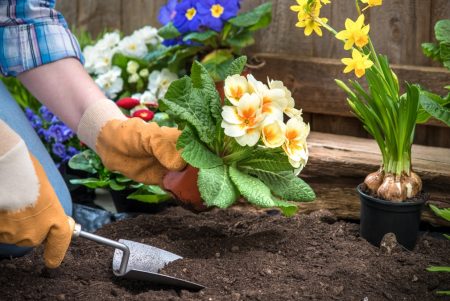
For the correct implementation of the recommendations of the lunar calendar, consider what plants can be planted in different months.
January
This month there is poor lighting and low temperatures. So sowing many flowers is undesirable. In the first half of January, the following flowers are sown for seedlings:
- Carnations Chablo, which should bloom in May-June;
- tuberous and evergreen begonia;
- plants that need stimulation with low temperature - perennial delphinium, clematis, aquilegia, primrose, iris, lavender, perennial violet;
- perennial flowers with a thick seed coat and weak seedling formation
From the middle of the month, the following crops were recommended for sowing: lobelia, zonal and ivy pelargonium, heliotrope, elegant cineraria, primrose.
For convenient day-to-day orientation, there is a special table.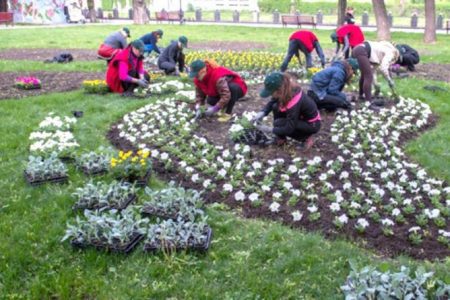
February
This month begins the lengthening of daylight hours, which favors sowing. Therefore, February is suitable for growing seedlings:
- coleus, Turkish clove, snapdragon, fragrant tobacco, salvia, gray-haired left-handed, passionflower, narrow-leaved lavender, seaside cineraria, daisy, viola;
- ever-flowering begonias and cloves Shabo, if this was not done in the previous month;
- flowers for hanging pots - verbena, tunbergia, petunia;
- cyclamen, balsam, fuchsia, gloxinia, in the room and on the site
March
Quite a busy month for the owners of personal plots. At this time, not only ornamental plants are grown, but also vegetables and fruits. So that your favorite garden decorations bloomed in time, in March they sow:
- annual crops - aggregatum, godetium, aster, left-handed, gelchisium;
- salvia, snapdragon, fragrant tobacco;
- petunia - ampelous, terry annual;
- bells, one-year phlox, Iberis, climbing kobe, verbena, lobularia
April
This month, many summer residents sow grain directly into the soil. So that they sprout faster, preliminary soaking in water is necessary.
According to the lunar calendar, the sowing date is set on the day when the planting material is soaked, and a sprout begins to develop inside it.
Plants that are grown through seedlings begin to bloom earlier.
In April, the recommended sowing of seeds: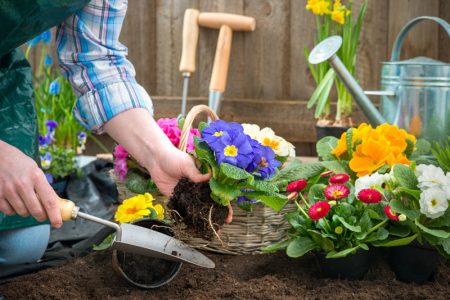
- fast-growing plants - sweet pea, zinnia, annual phlox, marigold, clarkia;
- perennials - catchment, delphinium
May
The most difficult month for planting flowers due to regular temperature differences. Annuals with a short formation period in May are sown directly in open soil. It is advisable to protect the sprouts with a film cover. Also in May, bushes of perennial plants are divided and planted asters, daisies, marigolds, cornflowers.
If you plant the corms on the dates appointed by the lunar calendar, the plants will delight the eye with beautiful flowers.
June
Landing recommended this month:
- ornamental plants - amaranth, balsam, coleus, begonia;
- biennials (in the greenhouse or on the plot) - forget-me-nots, Turkish carnations, viola, daisies, hesperis;
At the end of the month planting seedlings sown in the spring, sprouted tubers are planted.
July
Suitable for grafting roses and phlox. If foliage fades in the bulbs, the plants are ready for digging. Summer residents share the roots and break off withered flowers. These standard procedures must be performed in consultation with the lunar calendar.
August
The end of the summer is also tense for the owners of personal plots. At this time, perennials are planted so that they bloom next year.
August is suitable for planting unpretentious flowers: mallow, delphinium, chamomile, carnation.
In 2018, this month will be distinguished by two eclipses - solar and lunar. In a special calendar, these days are marked as not suitable for planting.
September
Autumn planting has its advantages. Such plants better take root until spring and bloom on time. They have excellent resistance to climatic factors and diseases.
In September, daffodils, tulips, crocuses, hyacinths, snowdrops are planted.
October
The month is suitable for continuing planting bulbs that have not yet been lowered into the soil in the soil, and for digging up tuberous perennials. It is better to carry out work on fertile days, recorded in a special calendar.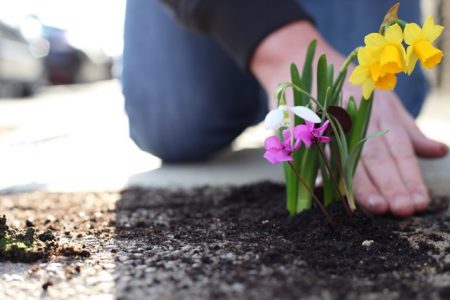
November
Unstable weather month. However, summer residents are different cultures at this time. In November, they plant the calendula, laureate, asters, marigolds, and reseda.
Seedlings of plants planted this month are formed in the spring, when the soil is wet and cool. Landing is carried out on those days when there are active lunar oscillations.
December
It is advisable to plant decorative crops on the loggia and in the winter garden. At the same time, the next stage of sowing for seedlings begins. Experienced gardeners often use the original method - they plant seeds in snow, the thickness of which should not exceed 25 cm. Planting material, introduced into the layer of snow, is covered with a layer of soil, and again it is snowing. Then the seeds will be protected from pests.
The opening of the season is preferably carried out in accordance with the lunar calendar.
The sowing date of your favorite ornamental plant can be determined from the table.
Using the described source, you can greatly facilitate the work of caring for beautiful flowers that will transform the summer cottage before the onset of cold weather.

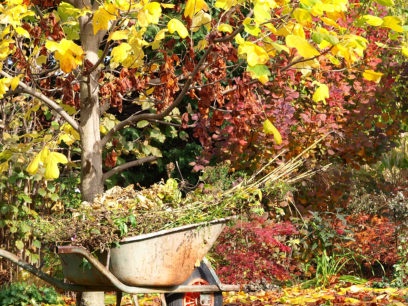
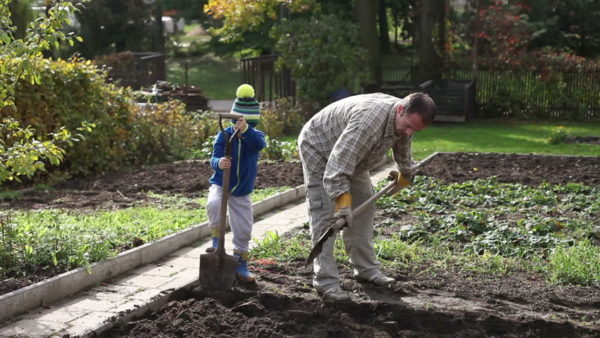

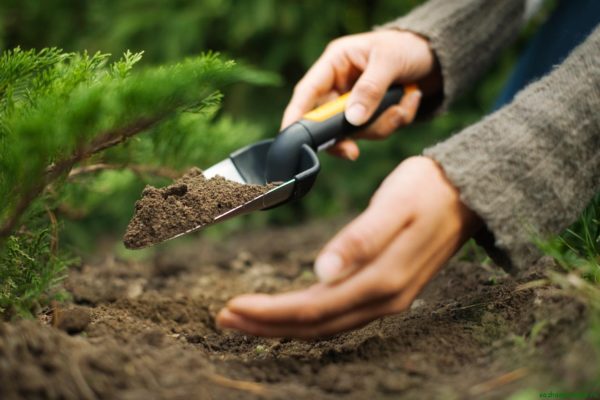 Sowing calendar for August 2024
Sowing calendar for August 2024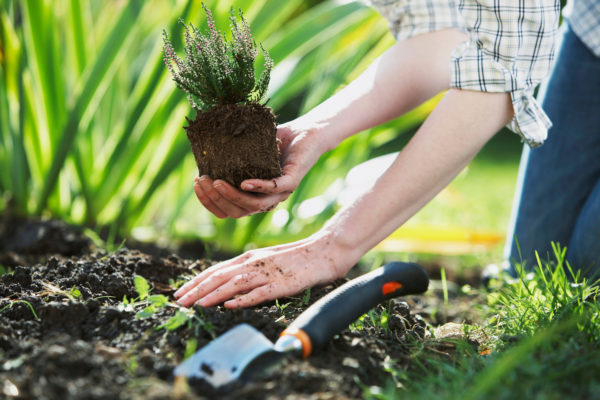 Sowing calendar for June 2024
Sowing calendar for June 2024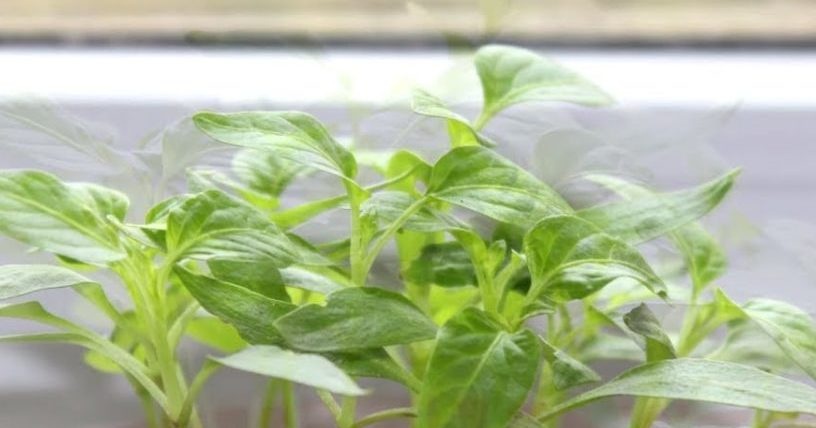 Sweet pepper (Bulgarian) - planting dates for seedlings and the lunar calendar 2024
Sweet pepper (Bulgarian) - planting dates for seedlings and the lunar calendar 2024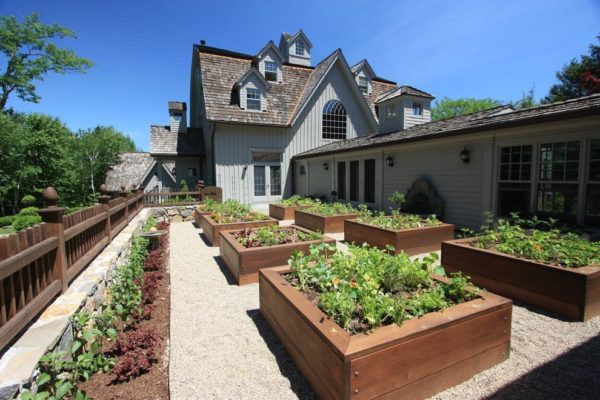 Boarding days in June 2019: favorable days
Boarding days in June 2019: favorable days